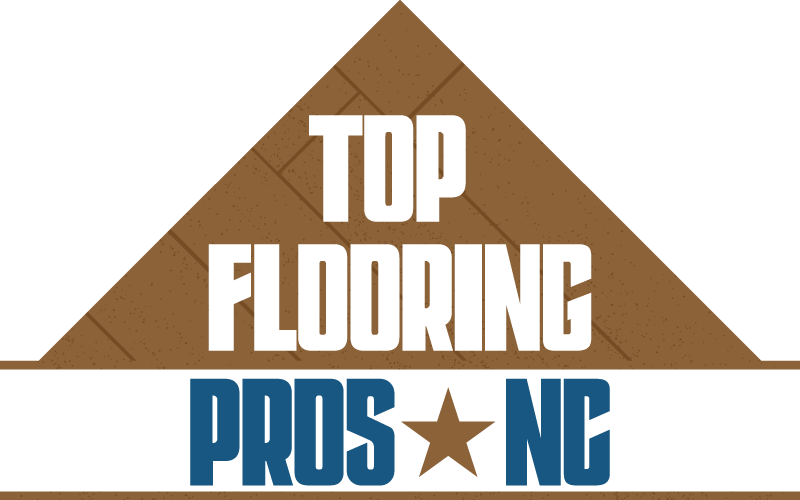Welcome, homeowners looking to improve your floors! Are you tired of creaky, uneven floors? Do you want to ensure your laminate flooring installation is smooth and sturdy? Look no further than proper subfloor preparation. This crucial step is often overlooked but can make a huge difference in the longevity and appearance of your flooring.
Key Takeaways:
- Choosing the right underlayment
- Proper subfloor assessment
- Importance of moisture barriers
- Best practices for subfloor preparation
Choosing the Right Underlayment
Material Matters
When it comes to subflooring, not all underlayment materials are created equal. The best underlayment for laminate flooring will depend on your specific needs and budget. Common materials include foam, cork, and rubber. Foam underlayment is affordable and easy to install, while cork offers additional insulation and moisture resistance. Rubber underlayment is durable and provides excellent soundproofing.
Thickness and Density
Before selecting underlayment, consider the thickness and density of the material. Thicker underlayment provides better cushioning and sound absorption, while denser materials offer more support for the flooring. Be sure to follow the manufacturer’s recommendations for your specific laminate flooring product.
Proper Subfloor Assessment
Leveling and Stability
Prior to installing underlayment, it’s essential to assess the condition of your subfloor. Ensure that the subfloor is level and free of any bumps or dips. Any imperfections in the subfloor can affect the performance of the underlayment and the laminate flooring. Additionally, check for stability by walking across the subfloor to identify any squeaks or movement.
Mold and Mildew Prevention
Inspect the subfloor for any signs of moisture or mold that could compromise the integrity of the underlayment and laminate flooring. Address any issues before proceeding with installation to prevent future damage and ensure a long-lasting flooring solution.
Importance of Moisture Barriers
Vapor Barrier
Moisture is the enemy of laminate flooring. To protect your investment, it’s crucial to install a vapor barrier between the subfloor and underlayment to prevent moisture from seeping through. A vapor barrier will help maintain the integrity of the underlayment and flooring by minimizing the risk of buckling or warping.
Humidity Control
In addition to a vapor barrier, consider controlling the humidity levels in your home to prevent moisture-related issues. Proper ventilation and the use of dehumidifiers can help maintain a stable environment for your laminate flooring, ensuring its longevity and performance.
Best Practices for Subfloor Preparation
Clean and Dry Subfloor
Before installing underlayment, make sure the subfloor is clean and free of any debris. Sweep or vacuum the surface to remove dust and dirt. Additionally, ensure the subfloor is dry to prevent mold and mildew growth. A damp subfloor can compromise the installation and performance of the underlayment and laminate flooring.
Secure Underlayment Properly
When installing underlayment, be sure to secure it properly to the subfloor to prevent shifting or buckling. Use adhesive or nails as recommended by the manufacturer to ensure a stable and durable foundation for your laminate flooring. Proper installation will minimize the risk of damage and ensure a smooth and seamless finish.
Action Plan:
1. Choose the right underlayment material for your needs and budget.
2. Assess your subfloor for levelness, stability, and moisture issues.
3. Install a vapor barrier to protect your laminate flooring from moisture damage.
4. Follow best practices for subfloor preparation to ensure a successful installation.
Conclusion
Subfloor preparation is a critical step in the installation of laminate flooring. By selecting the right underlayment, assessing your subfloor properly, and following best practices, you can ensure a durable and beautiful floor for years to come. Don’t overlook the importance of subfloor preparation in your flooring project!
FAQ:
What is the best underlayment for laminate flooring?
The best underlayment for laminate flooring depends on your specific needs and budget. Common materials include foam, cork, and rubber. Choose a material that offers the right balance of cushioning, support, and moisture resistance for your project.
How important is subfloor preparation for laminate flooring?
Subfloor preparation is crucial for the success of your laminate flooring installation. Proper assessment of the subfloor, installation of a moisture barrier, and following best practices will ensure a durable and long-lasting floor.
What are the key considerations for subfloor preparation?
Key considerations for subfloor preparation include leveling and stability, moisture prevention, and proper installation of underlayment. By addressing these factors, you can create a solid foundation for your laminate flooring.


